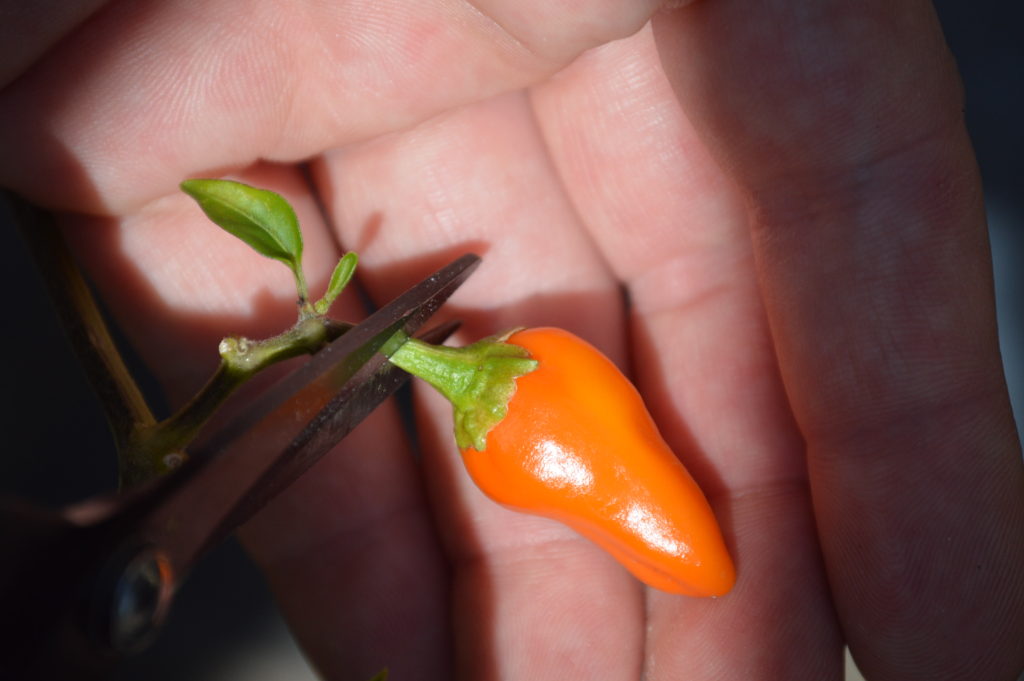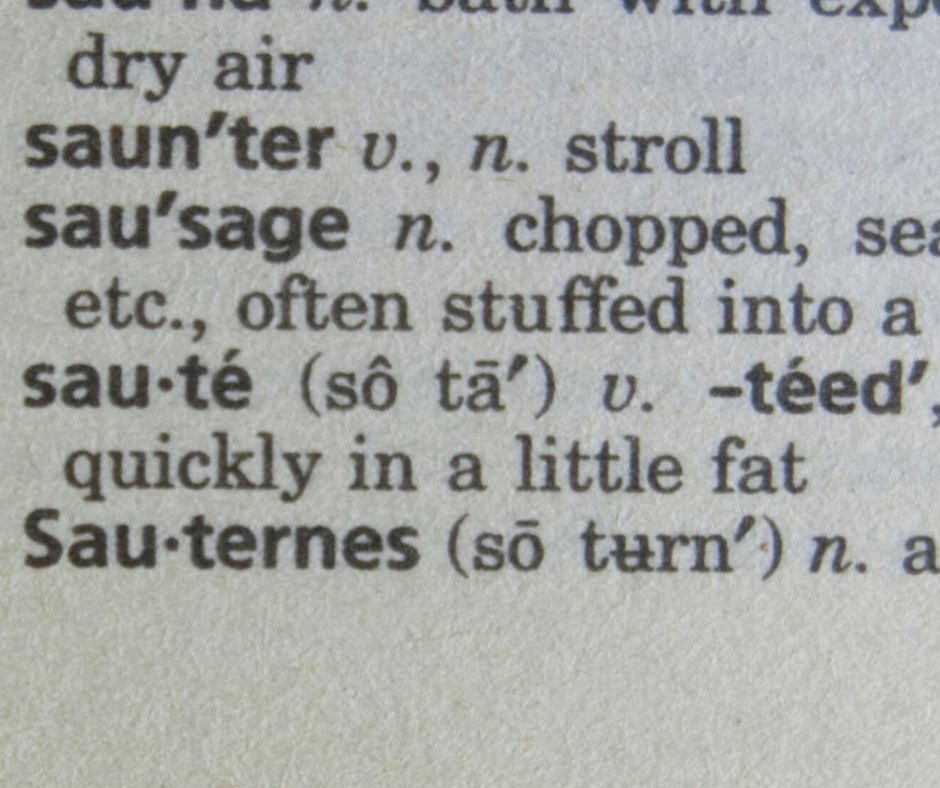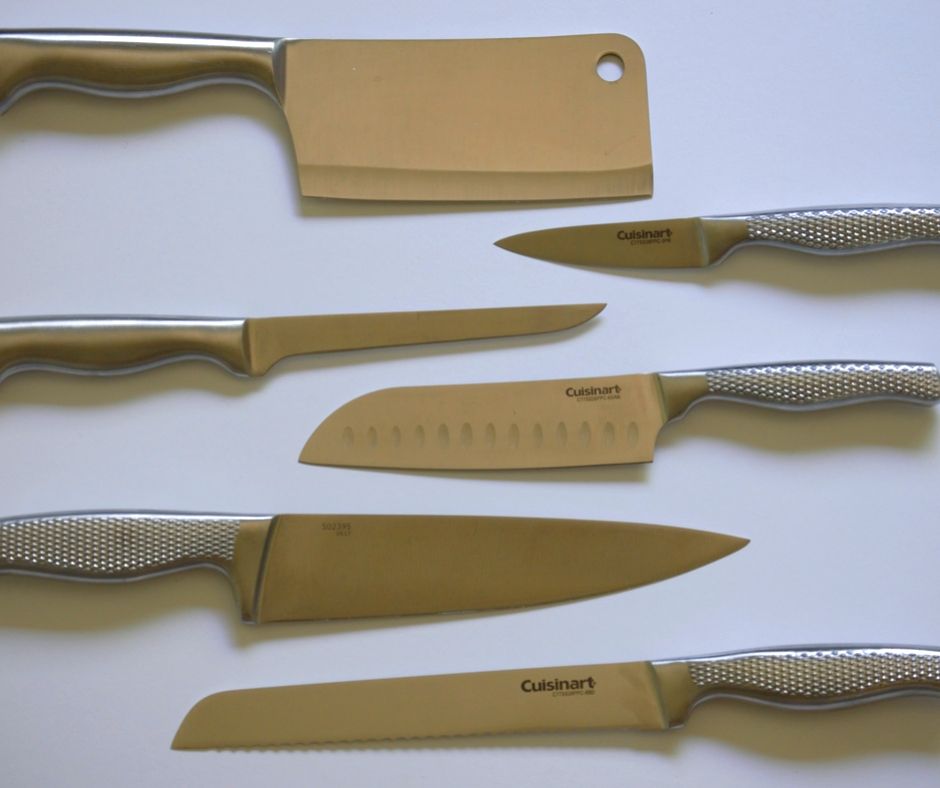
I love spicy food, so much so that I have a tendency to cover most of my meals with heavy sprinkles of crushed chili peppers. However, through many years of experience, I have come to find one major problem with store-bought crushed chili peppers. They tend to decrease in spiciness over time. Sure they can be nice and hot at the beginning, but I always find that a couple of months down the road they will be so mild that I need to use tablespoons to get the same kick. That is why I began growing, drying, and crushing my own chili peppers. All I need to do is crush a pepper or two whenever I need it, and in the end, I use fewer peppers and get exactly the spicy kick that I need. That’s what today’s lesson is going to be all about, how to dry and crush your own chili peppers.
What chili peppers to use?
Before we can talk about how to dry, and crush our chili peppers I thought it would be a good idea to discuss what type of peppers we can use. Technically you can dry and crush just about every pepper that exists, however, there are certain species that are better suited for this method of processing. The best chili peppers for the job are ones that tend to be relatively small in size (no larger than 2 inches), and have thin flesh. Examples of these types of chili peppers would be cayenne, thai, habanero, and ghost.
Now obviously, some of these chili peppers will be hard to get in most grocery stores, which is why I always recommend growing your own chili peppers if it’s possible.  Not only will this grant you greater access to a larger variety of chili peppers, but it also allows you more control over the size of the chili peppers stems. The latter part is important if you want to use the string method of drying which we will discuss below.
Not only will this grant you greater access to a larger variety of chili peppers, but it also allows you more control over the size of the chili peppers stems. The latter part is important if you want to use the string method of drying which we will discuss below.
Drying the peppers
People have been drying chili peppers for centuries, which means that there are many different and creative ways to get the job done. However, it would be impossible for me to discuss every single method so instead, I am going to cover the four most common ways to dry peppers.
-
In the oven
How to do it: Simply destem the peppers, cut them in half lengthwise, and place them on a cookie sheet. Then place these peppers in an oven that is 150 degrees and let them dehydrate for 12 hours to a whole day. Occasionally flip the peppers to make sure that they aren’t being cooked from the excess heat of the cookie sheet.
Pros
- Good for when you have harvested a ton of peppers all at once
- Can give you dried peppers in a relatively short amount of time
Cons
- Will require that you leave your oven on for 12 to 24 hours, or longer
- If done improperly it can result in the peppers being cooked instead of dried
-
In a dehydrator
How to do it: Simply place the whole peppers in the tray of your dehydrator, and let them sit in the machine for 8 to 12 hours at about 135 to 145 degrees.
Pros
- The quickest way to dehydrate peppers
- Very little work required
Cons
- Requires that you purchase a dehydrator which can cost anywhere between 40 to 100 USD
-
Stringing them up
How to do it: Start by leaving all of the peppers intact. Then take a thread and a needle and run it through the stem of one of the peppers. Continue this by running the needle and thread through all of the pepper’s stems until they are all attached. Then tie a knot at the bottom end of the thread so that the peppers can’t slip off of it when hung up. Also, make a loop at the top end of the thread so that you can hang up the strand of peppers. Finally find a dry place either indoors or outdoors to hang the peppers up until they become fully dried, about 3 to 5 weeks.
Pros
- When done right it can produce the highest-quality of dried peppers
- Can be used as a decoration when fully dried
Cons
- Takes 3 to 5 weeks in order to dry
- Requires some basic knowledge of making knots and sowing (but not much)
-
Drying on a flat surface
How to do it: This is my personal choice for drying peppers, as it requires the least amount of work. Simply take each pepper as they are harvested, and place them out on a dry plate, or cookie sheet. Then you can either place this in a dry area of your house or outside in the sun and simply wait for them to dry for about 3 to 5 weeks.
Pros
- Requires no work or technique
- Has no additional costs
Cons
- Takes 3 to 5 weeks in order to dry
Crushing the peppers
Just like drying our chili peppers, there are many different ways one can crush them. Below I have listed three of the most common methods.
-
In a blender/ food processor
How to do it: Simply destem the peppers and toss them in a blender or food processor. Then run the blender or food processor until the peppers are crushed into as big or as small of pieces that you wish.
Pros
- As simple as placing the peppers in the machine and pressing a button
Cons
- Can leave residual spice in your blender/food processor if not cleaned out fully
- Not the most practical approach if you only want to crush up a pepper or two
-
In a mortar & pedestal
How to do it: Simply destem the peppers and toss them in a mortar. Then take the pedestal grind away until the peppers are crushed to your liking.
Pros
- Great for when you simply want to crush up a pepper or two
- Can be used to make a powder out of the peppers
Cons
- Requires the use of muscle power
-
In a coffee grinder
How to do it: Destem your peppers, and toss them into the grinder. Then adjust the setting on the grinder to your desired fineness, and grind away.
Pros
- Can be used to make extra fine chili powder
Cons
- Not the best option if you use the grinder for your coffee too, unless you like a little extra kick with your morning brew.
Inspiration from other blogs
From Scott Roberts Web
From Chili Pepper Madness




Can u mix up peppers ?like hot banana and small jelopena
High Sonya, Yes you can combine the peppers while drying them. However, I do want to make you aware of the fact that the two peppers you described have a high water content with relatively thick skins. So it could take a long time for them to properly dry out with the methods I have described. And if you ever wanted to crush those types of peppers honestly your best off just using a dehydrator.